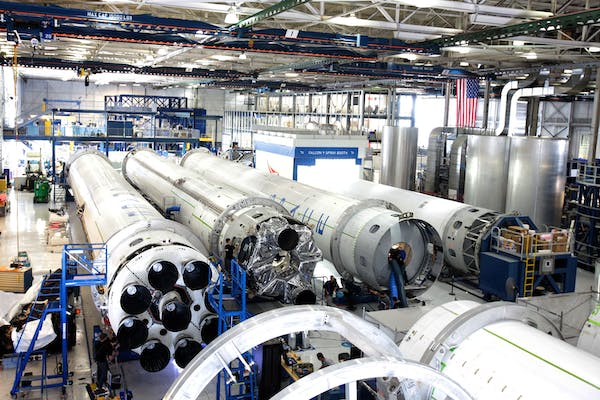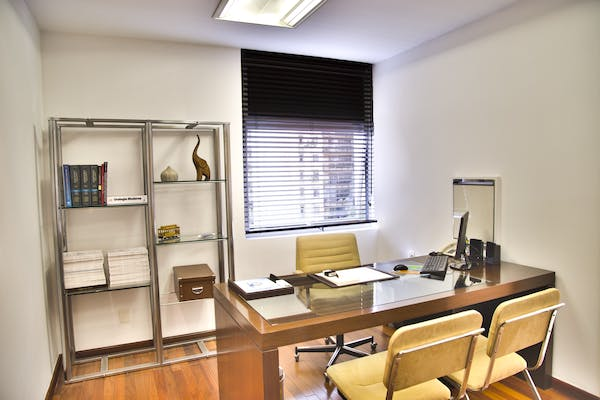Some office buildings house thousands of workers. Many office employees are spending longer periods of time at work. As businesses raise awareness about improving worker health, there is a hidden danger that goes overlooked. Proven research reveals how working conditions directly affects employee output and more people are spending long periods of time at work. Consequently, it is vital for buildings to have healthy air. But how does humidity affects indoor air quality? Let’s see.
Indoor Air Quality Factors and Health Risks
A report from the Consumer Product and Safety Commission (CPSC) shows that:
- people spend about 90 percent of their time indoors
- exposure to indoor air pollutants for extended periods leads to health issues related to air quality
- workers with lung or heart problems are a high risk in poor indoor air quality
Office buildings suffer from constant changes in air quality. This occurs because of the amount of people constantly entering and exiting. Subsequently, many buildings have high levels of poor indoor air quality. The best way to fix this is to control the temperature, humidity, and the ventilation of the building. The report also details health risks occurring when these factors are neglected:
- dry or burning in the nose, eyes, and throat
- sneezing, stuffy or a runny nose
- fatigue
- headache
- dizziness
- nausea
- annoyance
- loss of thoughts
Obviously, these negatively affect the comfort, productivity, and health of the employees in a office building. Yet, addressing how to determine the right quality for a business involves answering such questions as:
- Which kind of businesses are inside the building?
- What it the effectiveness of the ventilation system?
- Where are the access points of the outside air?
- What are the humidity levels in the region?
- Is there a schedule of vent ducts, fans, and electrical system maintenance?
- What kind of humidification controls are in place?
How Humidity Affects Indoor Air Quality
Excessive humidity increases indoor air quality problems. How? These conditions create ideal settings for:
- mold
- dust mites
- viruses
- bacteria
Thus, high or low moisture levels is a major cause of bad air quality. Additionally, the CPSC report says that “…ventilation systems can be a source of indoor pollution themselves by spreading biological contaminants.” Such contaminants multiply “in cooling towers, humidifiers, dehumidifiers, air conditioners, or the inside surfaces of ventilation duct work.”
The Solution: Innovative Humidifier that Sanitizes the Air
Considering the above, how will you approach the air quality in your office building? Too many businesses address the situation randomly or tend to guess at solutions. Why? There is a tendency to assume that building air quality and humidity are not fixable matters.
Nevertheless, Smart Fog’s systems use smart tech to address air cleanness and moisture. Our patented tech cleans the air and regulates correct humidity levels in office buildings. It does this by killing airborne pathogens through oxidization. How?
Smart Fog® uses a non-chemical process to form tiny water droplets. Normally, water droplets tend to attract. However, when droplets are extremely small; they oxidize into the air. Tiny droplets attract airborne pathogens and then destroys. Remarkably, Smart Fog causes no wetting, use no fans, and never clogs.
Smart Fog® destroys dust, mold, bacteria, and viruses. Our systems are available in wall-mounted units or in duct installations. Furthermore, they are energy-efficient, very low maintenance, and low pressure. The system also controls humidity levels to the exact needs of the working environment.
To find out more about how affordable and safe our systems are, contact us today.





